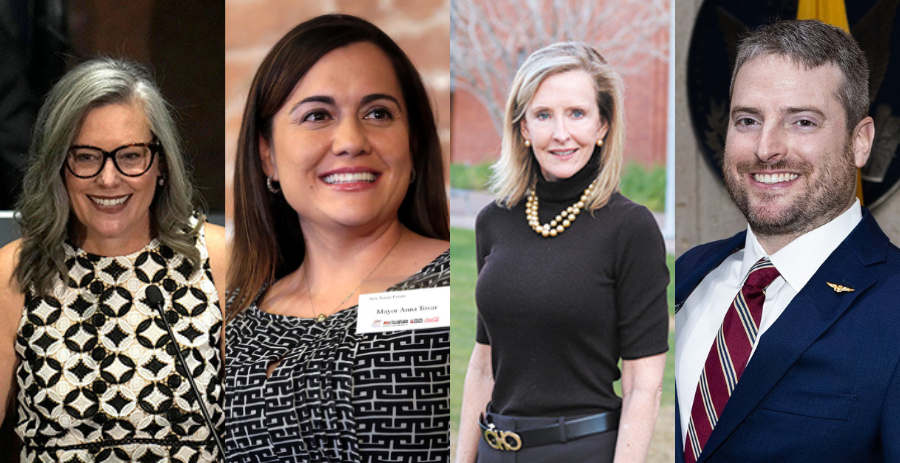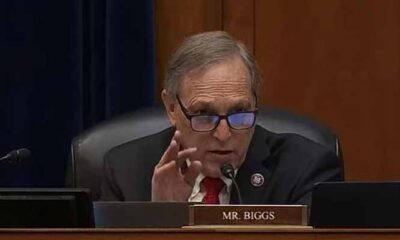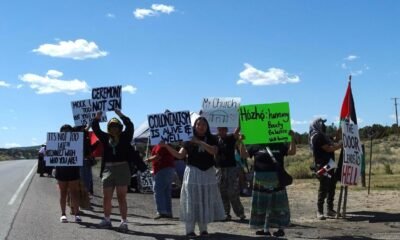arizona
Speculation Ignites on Potential Lieutenant Governor Candidates

Arizona is poised to elect its first lieutenant governor in 2026, marking a significant shift in the state’s political landscape. This new position, established by Proposition 131, mandates that candidates for governor select a running mate who will assume the role of lieutenant governor the following year.
The implications of this new office are substantial. Not only will the lieutenant governor serve as the governor’s deputy, but they may also take on roles such as chief of staff or lead the Department of Administration. The precise function of this office remains uncertain, though experts like Kellie Rittershausen, executive director of the National Lieutenant Governors Association, point to other states for guidance on best practices.
“The most successful relationships between governors and lieutenant governors hinge on mutual respect and clear communication,” Rittershausen explained.
She further noted the variety of functions that the lieutenant governor’s office can entail, emphasizing its potential for diversity across states. Historically, the role has evolved based on precedents set by prior officeholders.
As candidates consider their strategy for the 2026 election, the lieutenant governor’s role will be a pivotal discussion point. Political insiders believe the prospect of this new position is starting to attract attention, even if it seems premature to speculate on specific candidates.
Among those expressing interest is Anna Tovar, a member of the Arizona Corporation Commission and seasoned Democratic legislator. She recently indicated her desire to join Gov. Katie Hobbs on the Democratic ticket. Meanwhile, Karrin Taylor Robson, a likely Republican candidate, has seen notable names, including Kari Lake and Jack McCain, associated with her potential campaign.
The Hobbs campaign has not disclosed any intentions regarding running mates, and Robson has refuted claims of considering Lake or McCain. Republican consultant Chuck Coughlin underscored the novelty of the lieutenant governor position, suggesting it leads to intriguing discussions about the dynamics of gubernatorial campaigns.
Coughlin highlighted how this new role will factor into campaign messaging. “What will that job entail, and what partnership dynamics will exist between the governor and the lieutenant governor?” he pondered.
Further complicating the landscape is Proposition 140, which aims to introduce open primaries in Arizona. If passed, this measure could alter how gubernatorial candidates select their running mates, potentially encouraging cross-party partnerships.
Nevertheless, Coughlin cautions against drawing conclusions before the ongoing electoral season wraps up. The outcomes of state legislative elections, ballot measures on reproductive rights, and even the results of presidential contests will significantly impact candidates’ strategies for 2026.
“Speculating now is premature; the political climate will become clearer after this legislative session,” he stated.
Currently, no specific candidates have declared their intention to run for governor beyond Hobbs, who is committed to re-election. Robson is widely expected to enter the race but has not formally declared her candidacy. Notably, candidates will confirm their running mates only 60 days before the general election, following the state’s primary in early May.
As such, Arizonans are unlikely to see the full gubernatorial tickets until August 2026, keeping a watchful eye on the evolving political situation.


















